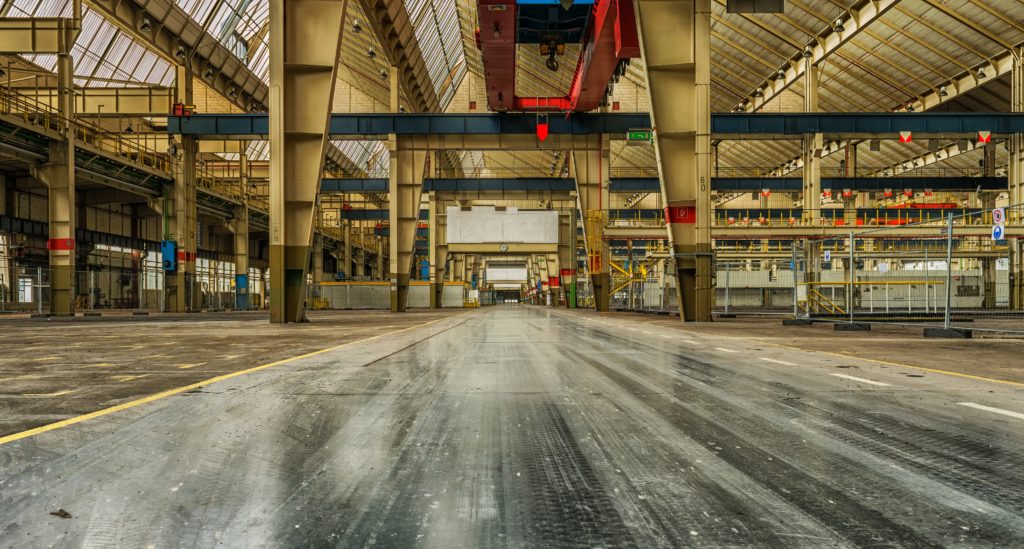Not all manufacturing systems are the same, and different companies may use different types of manufacturing systems depending on what they manufacture, how they want to manufacture it, how big they are and a number of other factors. Here is a quick and comprehensive breakdown of the different types of manufacturing systems commonly in use today.
Continuous Manufacturing System
This is the classic mass production system and the one laypeople most commonly think of when they think of manufacturing. In a continuous manufacturing system, a product moves along an assembly line, with various specialized workers performing actions to assemble the product at stations along the way.
Continuous manufacturing allows for higher output and lower unit costs, but requires a large capital investment due to the amount of labor and machinery you need, and so are more often found in larger operations.
Intermittent Manufacturing System
In an intermittent manufacturing system, the company produces multiple identical items at the same time. The nature of the system means the products must be standardized and there is little or no allowance for customization. This is an effective alternative to continuous manufacturing for companies that are not willing or able to make as large a capital investment but are usually most effective for low-volume or limited production runs.
Flexible Manufacturing System
Many modern companies have already implemented or are moving towards a flexible manufacturing system. For these systems, companies invest in several machines that they can easily reconfigure to make a lot of products in a short period of time. Characteristics of flexible systems usually include robots or other automated devices that replace or augment human labor.
Like continuous management systems, the initial cost of machines can be quite high — but these systems allow you to produce more goods with fewer labor requirements. They are also more adaptable to changing marketplace conditions.
Custom Manufacturing System
A custom manufacturing system is one that a company will use for a very specified product line. It is not appropriate for businesses where you need to mass-produce products. In a custom manufacturing system, each product is made by hand or by a single operator using a machine designed for this purpose.
This system does allow you to customize individual products for the customer, but because it is so time-consuming, it is really only suitable for companies producing finely-crafted, low volume, higher-priced items.
As you are first starting up a manufacturing business, you will want to give some thought to which of these systems will work best for your business and which you want to adopt. If you have an existing manufacturing system in place, you may want to ask yourself if it is the most effective system for what you are trying to accomplish.
If your current manufacturing system is not yielding the best results, it may be time for a change. This may be a costly and time-consuming venture at first, but it also may pay big dividends in the long run.
